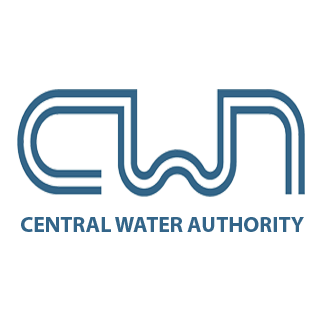Understanding Water Treatment
Can you explain to us how the treatment of drinking water is done from the source to the tap?
In Mauritius, the CWA produces 883,693m3 of drinking water daily through the seven treatment stations and approximately 160 pumping stations across the island. You should know that 53% of the treated water produced comes from reservoirs, lakes, and rivers and 47% from groundwater.
It should be noted that there are two types of water treatment. The first is what is called slow sand filters and the second is known as “fast gravity filters”. In the second type of water treatment, clarification makes the water clear by removing the small suspended solids it contains. A coagulant (alum) is injected into the water which causes the particles to regroup (coagulate). This clump together and forms “flakes”, this is Flocculation, under the effect of their weight, these flakes are deposited at the bottom of the settling basins.
Sand bed filtration eliminates the last flakes and water disinfection eliminates all microorganisms that could be dangerous to health. Final disinfection is carried out with chlorine.
The quality of the water before distribution is regularly checked on a daily basis.
As for slow sand filters, the water is filtered through different layers of filter media, and the final disinfection is carried out with chlorine.
Take for example the La Marie Water Treatment Plant; it produces 130,000 cubic meters of drinking water daily. There are facilities for both types of water treatment, 70,000 cubic meters of drinking water come from rapid gravity filters and 60,000 cubic meters of water come from slow sand filters. Natural water comes from the reservoirs of Mare-aux-Vacoas and Mare Longue.
There are also 47 containerized pressure filter stations that treat water from the rivers
What factors influence this process? (drought, cyclones and other natural calamities)
When there is heavy rainfall, the water in the rivers becomes muddy and the “containerized pressure filter stations” that the CWA operates in about fifteen regions have to temporarily cease their operations due to the high suspended solids in the water. (muddy water)
During periods of drought, it is obvious that the amount of water in our reservoirs decreases. The situation is similar for our boreholes.
However, in whatever circumstance, water quality remains a priority for the CWA.
Is there a specific protocol in case of water contamination? Any example of previous cases and interventions in these cases?
Cases of water contamination distributed by the CWA are very rare because we strictly respect all stages of water treatment. In the event of contamination, we immediately trigger a well-established protocol which consists, among other things, of closing all entrances and exits to the treatment center followed by a “flushing”.
You should know that each CWA water treatment center has a mini laboratory whose staff performs quality tests every hour. Moreover, the central laboratory of the CWA collects water samples across the country for chlorine, ph, and turbidity tests.
In addition, the Ministry of Health, being the “enforcing agent”, ensures that the quality of the water meets the standards of the World Health Organization. We are also conscious of our responsibility because we ensure the supply of water to the entire population, including essential services: hospitals, schools, etc., not to mention industries.
What about data regarding our water sources (borehole reservoirs etc)?
The number of reservoirs amounts to seven (7), and the “service reservoirs to 105. In total, 208 “boreholes” are in service while seven “(7) “Water Treatment Plants” (water treatment plants) are operational. The number of Containerized Pressure Filter Plants (CPFs) is 46.
What is the total number of CWA subscribers?
We have a total of 385,000 subscribers.
What is the difference between consuming drinking water and bottled water? How is the process different?
The water distributed by the CWA is of very good quality, one of the best in the African region.
We cannot compare our water treatment processes to those of the private sector because we do not know their processes.
How many m3 of water are treated per day?
Around 883,693m3 of water are produced and treated daily by the CWA.
